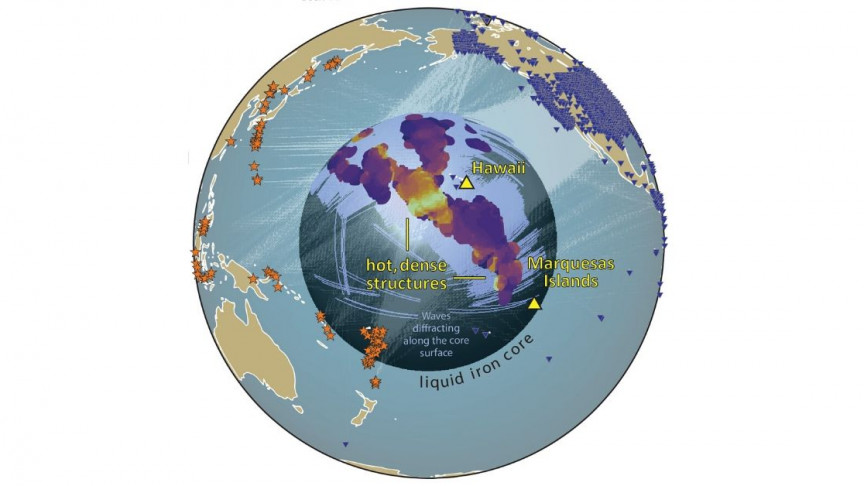Earthquakes and the earth’s internal dynamics have long been the focus of geologists and researchers. Although humankind has achieved thousands of technological milestones, we have never been able to find a way to predict earthquakes. Geologists from the University of Maryland observed seismograph waves from earthquakes in different parts of the world over a period of about 20 years from 1990 to 2018. The number of these waves is in the thousands. This study led to some startling revelations about the Earth’s internal structure.

Experts noticed some unusual dynamics (echos) between the molten core of the Earth’s crust and the mantle of the inner layer of the Earth’s crust, which, upon further observation, revealed a much larger and more diverse structure. This structure consists of solid and dense rocks that geologists did not know about before. The echoes revealed more widespread, heterogenous structures—areas of unusually dense, hot rock—at the core-mantle boundary than previously known. This structure is consisting of unusually dense, hot rock—deep inside the Earth below the Pacific Ocean.
For this discovery, researchers used machine learning algorithms to collect data by observing seismic waves over the next 20 years. Researchers hope that not only this discovery but also such computer-based systems will be beneficial in research on earthquakes.
“By looking at thousands of core-mantle boundary echoes at once, instead of focusing on a few at a time, as is usually done, we have gotten a totally new perspective,” said Doyeon Kim, a postdoctoral fellow in the UMD Department of Geology and the lead author of the paper. “This is showing us that the earth’s core and the mantle boundary region has lots of structures that can produce these echoes, and that was something we didn’t realize before because we only had a narrow view.”
Also Read: The mystery behind Mars Quakes


